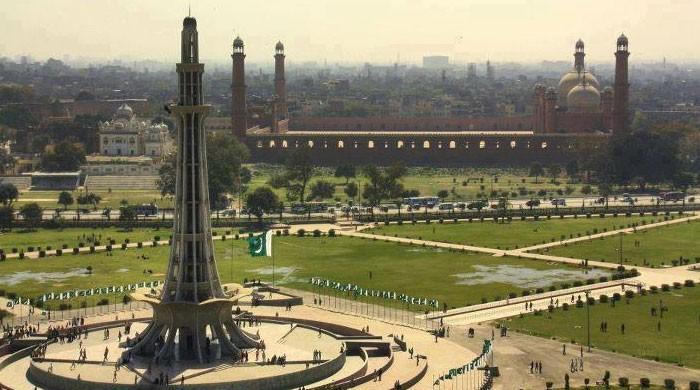Lahore is the capital of Punjab province of Pakistan and is the second-largest city in the country after Karachi, as well as the world’s 18th largest city. Lahore is one of the richest cities in Pakistan, with an estimated GDP of $65.14 billion (PPP) as of 2017. Lahore is the Punjab region’s largest city and historic cultural center and is one of the most socially liberal, modern, and cosmopolitan cities in Pakistan. The Walled or Inner City is the heart of Lahore, a very densely populated area of about one square kilometre. The city has seen eras of cultural, intellectual, musical, literary, and humanistic evolution, resulting in the fermentation of this rich brew that we call Lahore.
Lahore exerts a significant cultural influence on Pakistan. Lahore is a major publicity center in Pakistan. As well as being home to Pakistan’s film industry, Lollywood, Lahore is a major hub of Qawwali music.
History of Lahore
The roots of Lahore extend to ancient times. The city has been controlled throughout its history by numerous empires, including the medieval-era Hindu Shahis, Ghaznavids, Ghurids, and Delhi Sultanate.
Lahore achieved the height of his splendor under the Mughal Empire between the late 16th and early 18th centuries and served for many years as its capital city. The city was seized in 1739 by Afsharid ruler Nader Shah’s forces and fell into a period of decline as the Afghans and the Sikhs threatened it. Finally, in the early 19th century, Lahore became the capital of the Sikh Empire and regained some of its lost grandeur. Then Lahore was annexed by the British Empire and declared as the British Punjab state. Lahore was central to both India and Pakistan’s independence movements, with the city being the site of both the Indian Independence Declaration and the Lahore/Pakistan Resolution. Lahore experienced some of the worst riots preceding Pakistan’s independence during the partition period.
The Old City of Lahore
Lahore consists of an old town flanked by newer commercial, industrial, and residential areas on the southeast, which is in turn ringed by suburbs. At one time the old city was protected by a wall and a moat but these structures were replaced by parks, except in the north. 13 Gates provide access to the old city by a circular road around the rampart. The Wazir Khān Mosque (1634) and Fort Lahore are among the notable structures within the old town. The Shāhdara Gardens, containing the tomb of the Mughal Emperor Jahāngir; and the magnificent Shālimār Garden, laid out by Shāh Jahān as a refuge for the royal family east of the town in 1642.
An important center of education
The city is also a major educational center in Pakistan, with some of the city’s leading universities in Pakistan. Lahore is the seat of Punjab University (1882), which is Pakistan’s oldest university. Near to the university is the Lahore Museum (1864), which houses eclectic art collections and historical objects. Also located in the city is the University of Engineering and Technology, Lahore (1961), and numerous other colleges and institutes.
Lahore is living big
It is the capital of the populous Punjab province of Pakistan, which was split between India and Pakistan when it became independent from Britain in 1947. An old Punjabi adage goes: ‘Whoever has not seen Lahore has simply not lived.’ It is the cultural capital of the country, and it is where the Islamic identity of Pakistan came into being. It’s also the kind of city where people in inclement weather spontaneously burst into dance and song: a television reporter once abandoned his broadcast and joined in the rain dance. Residents of Lahore—called the ‘Zinda Dilan-e-Lahore’ or the ‘people whose hearts are alive’—have fine-tuned the art of letting go into an art form.
Lahore’s food
If the Mughal Empire gastronomers were used to over-the-top meals, modern-day residents of Lahore are no less demanding. Lahore has long consecrated itself as Pakistan’s food capital. Punjabi culture is all about food and its Mughal kitchen traditions, as well as the ethnic Punjabis with roots in Kashmir valley, have left their mark on the food of the city. Lahore is the answer to all your food aspirations from dessert to offal, from the grandiose dish of Siri Paye, a glutinous dish of trotters, to the nan khatai biscuits in the old town’s Khalifa Bakery. Ghee was popular in Lahore long before your local Whole Foods ended up with the small, trendy jars of clarified butter. It’s an affront if your food doesn’t come with ghee on top of a ladle’s worth.
5 Ways to Reduce Stress





0 Comments